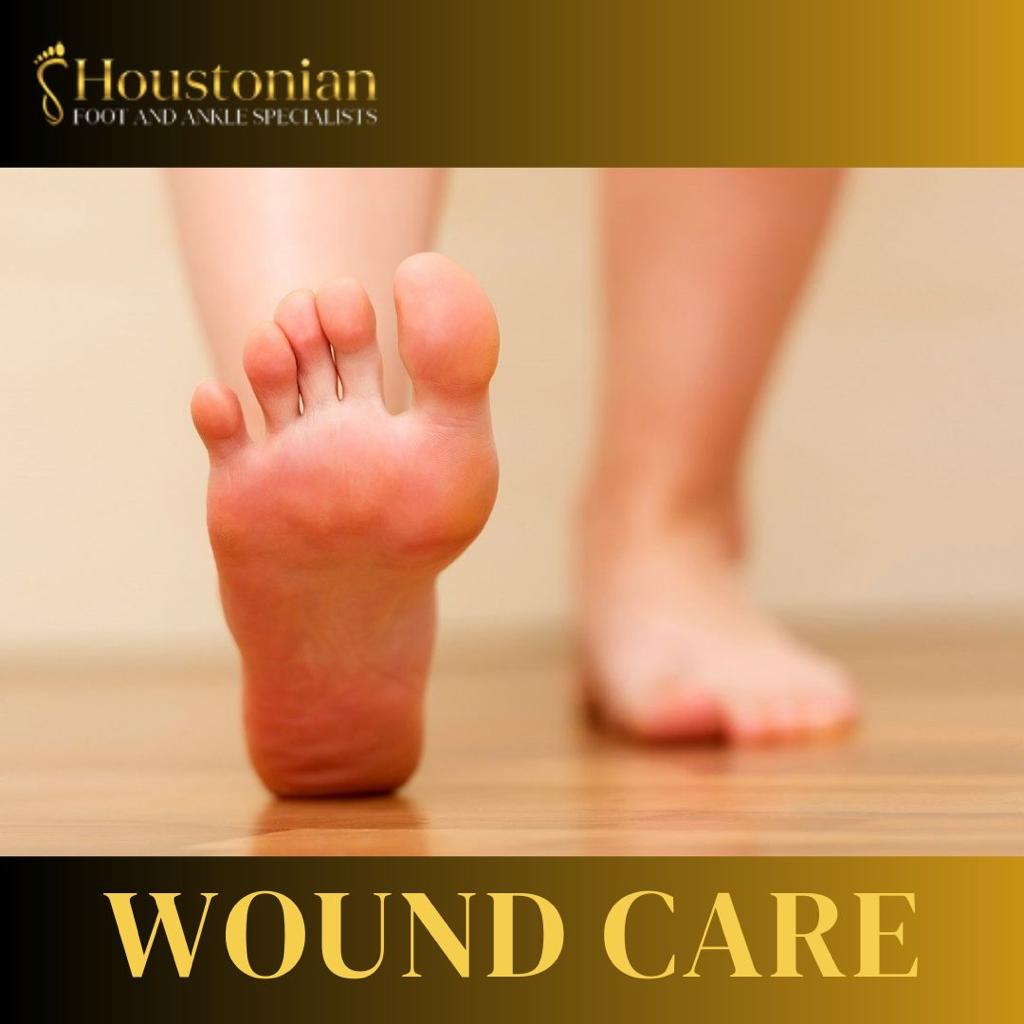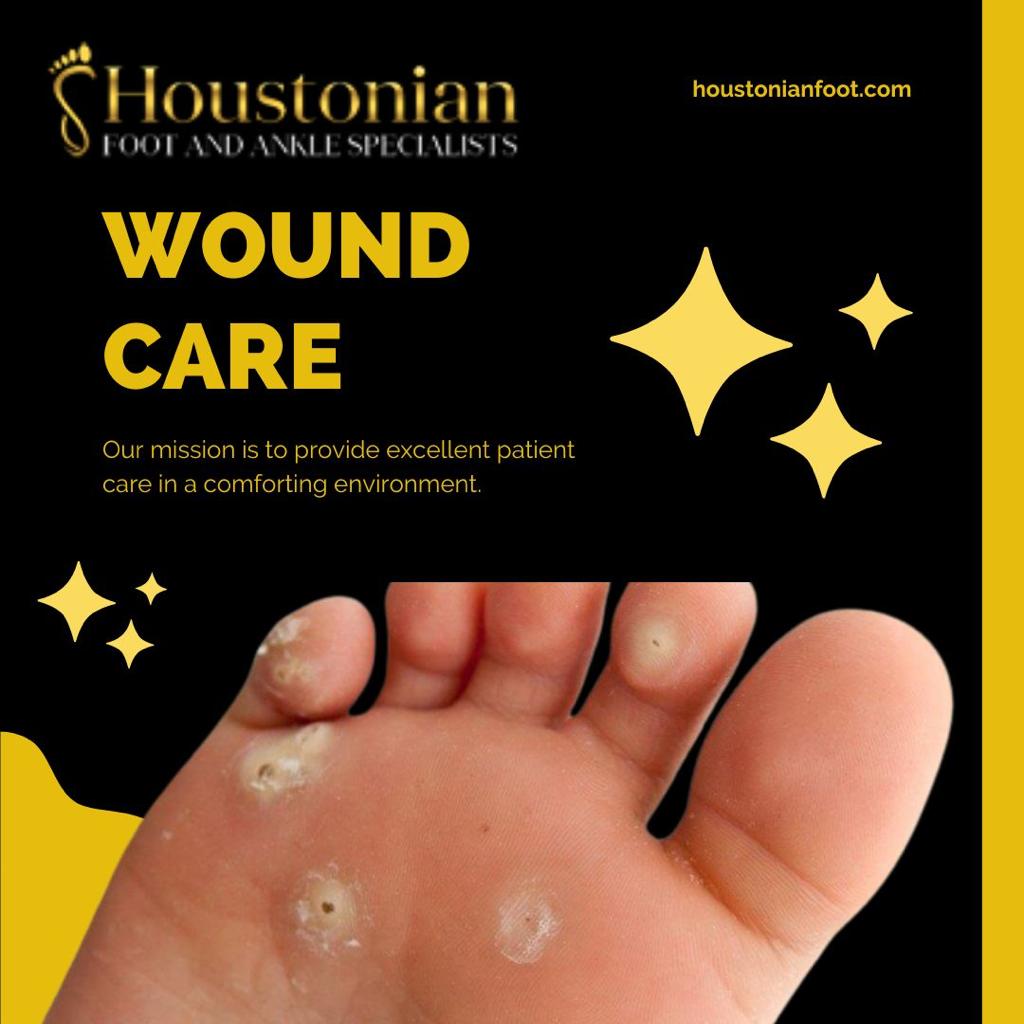Advanced Wound Care Therapies
Advanced Wound Care Therapies are an essential aspect of healthcare that focuses on promoting healing and preventing complications in individuals with open wounds. Whether caused by accidents, surgeries, or chronic conditions, wounds require proper care to optimize the healing process and reduce the risk of infections. significance of wound care, the different types of wounds, and effective strategies for promoting healing and preventing complications. By understanding the principles of wound care, we can ensure optimal recovery and improve the overall well-being of patients.
Types of Wounds
Wounds can vary greatly in terms of their causes, severity, and characteristics. Understanding the different types of wounds is crucial for providing appropriate care. The following are some common types of wounds describe by Advanced Wound Care Therapies:
1. Incision: Caused by a sharp object, such as a knife or scalpel, resulting in a clean, straight-edged wound.
2. Laceration: Irregularly shaped wounds caused by a tearing or crushing force, often resulting in jagged edges.
3. Abrasion: Superficial wounds caused by friction, such as skinned knees or road rash.
4. Puncture: Deep wounds caused by a pointed object, like a nail or needle, penetrating the skin and underlying tissues.
5. Avulsion: Wounds caused by the tearing away of tissue, leading to significant tissue loss.
6. Pressure ulcers: Also known as bedsores, these wounds develop due to prolonged pressure on the skin, often in individuals who are bedridden or have limited mobility.
7. Burns: Resulting from exposure to heat, chemicals, electricity, or radiation, burns can cause extensive damage to the skin and underlying tissues.
Contact us Advanced Wound Care Therapies
Principles of Wound Care
According to Advanced Wound Care Therapies Proper wound care involves adhering to a set of principles that aim to facilitate healing and minimize complications. These principles include:
1. Cleaning the wound: Thoroughly clean the wound with a mild, non-toxic cleanser or sterile saline solution to remove debris, bacteria, and foreign objects. Avoid using hydrogen peroxide, alcohol, or iodine, as they may damage healthy tissues.
2. Control bleeding: Apply gentle pressure with a clean cloth or sterile dressing to control bleeding. Elevating the injured area above heart level can also help reduce bleeding.
3. Protecting the wound: Cover the wound with an appropriate dressing to prevent contamination and provide a moist environment for healing. The choice of dressing depends on the type and severity of the wound, as well as the amount of exudate (fluid) produced.
4. Promoting healing: Support the body’s natural healing process by maintaining a moist wound environment. This can be achieved through the use of specialized dressings or topical ointments that create a barrier against infection while allowing the wound to breathe.
5. Managing infection: Monitor the wound for signs of infection, such as redness, increased pain, swelling, or pus-like discharge. If an infection is suspected, seek medical attention promptly to initiate appropriate treatment, which may involve antibiotics or other interventions.
6. Minimizing scarring: Proper wound care techniques, such as avoiding excessive tension on the wound edges and protecting the wound from excessive sunlight exposure, can help minimize scarring.
Preventing Complications Effective wound care plays a crucial role in preventing complications that can hinder the healing process and result in long-term issues. Here are some essential strategies for preventing complications:
1. Infection prevention: Maintaining good hand hygiene before and after wound care, using sterile instruments and dressings, and following aseptic techniques are critical in preventing wound infections. Additionally, completing a full course of prescribed antibiotics, if necessary, is vital to eradicate existing infections.
2. Adequate nutrition: Consuming a well-balanced diet rich in protein, vitamins, and minerals is essential for optimal wound healing. Adequate nutrition supports the body’s immune system, collagen production, and tissue repair processes.
3. Diabetes management: Individuals with diabetes are more prone to wound complications due to impaired circulation and decreased sensation. Proper management of blood sugar levels, regular foot care, and seeking medical attention for even minor wounds are vital in preventing serious complications.
4. Mobility and positioning: For individuals with limited mobility, such as bedridden patients or those in wheelchairs, frequent repositioning is crucial. This helps prevent pressure ulcers and promotes blood circulation to the affected areas.
5. Regular assessment and follow-up: Regularly monitoring the progress of the wound and seeking medical advice for any concerns or signs of complications is essential. Timely intervention can prevent further damage and promote healing.
Proper wound care is indispensable for promoting healing, preventing infections, and minimizing complications. By adhering to the principles of wound care and implementing preventive measures, healthcare professionals and individuals can contribute to successful wound healing. Understanding the different types of wounds and appropriate management strategies empowers individuals to take an active role in their own wound care. Together, we can ensure optimal outcomes and improve the overall quality of life for those with wounds.
Visit us at Advanced Wound Care Therapies
Advanced Wound Care Therapies describe us Modern wound care has seen the emergence of advanced dressings that go beyond traditional gauze and bandages. These innovative dressings offer numerous benefits, including improved moisture management, enhanced bacterial barrier properties, and the ability to stimulate the wound-healing process. Some examples are given by Advanced Wound Care Therapies of advanced dressings are:
1. Hydrocolloid dressings: These dressings create a moist environment that promotes healing by absorbing exudate while maintaining a moist interface with the wound. They are particularly effective for shallow to moderately deep wounds and are available in various forms, such as sheets or adhesive patches.
2. Foam dressings: Foam dressings are highly absorbent and provide a cushioning effect, making them suitable for wounds with moderate to heavy exudate. They help maintain a moist wound environment, protect against contamination, and can be used on both shallow and deep wounds.
3. Alginate dressings: Made from seaweed, alginate dressings are highly absorbent and form a gel-like consistency when they come into contact with wound fluid. These dressings are particularly useful for wounds with heavy exudate, as they provide moisture and help facilitate autolytic debridement.
4. Negative pressure wound therapy (NPWT): NPWT involves the application of a vacuum dressing to the wound. The negative pressure helps remove excess fluid, promotes blood flow, and encourages the growth of healthy granulation tissue. NPWT is beneficial for complex wounds, such as chronic ulcers, surgical wounds, and traumatic injuries.
Advanced Therapies
As per Advanced Wound Care Therapies In addition to advanced dressings, several innovative therapies have emerged in the field of wound care, offering targeted and accelerated healing for complex wounds. Some notable advanced therapies include:
1. Growth factor therapy: Growth factors are naturally occurring proteins that play a crucial role in the wound healing process. Synthetic versions of these growth factors can be applied directly to the wound to stimulate cell proliferation, angiogenesis (formation of new blood vessels), and tissue regeneration. These therapies are particularly beneficial for chronic and non-healing wounds.
2. Hyperbaric oxygen therapy (HBOT): HBOT involves delivering 100% oxygen to a patient in a pressurized chamber. The increased oxygen levels in the bloodstream promote tissue oxygenation, enhance bacterial killing, and stimulate wound healing. HBOT is commonly used for wounds that are difficult to heal, such as diabetic foot ulcers and radiation-induced tissue damage.
3. Bioengineered skin substitutes: These substitutes are developed using living cells and tissue-engineering techniques. They can provide a scaffold for new tissue growth and often incorporate growth factors to promote healing. Bioengineered skin substitutes are particularly useful for large or deep wounds and are designed to mimic the natural structure and function of the skin.
4. Platelet-rich plasma (PRP) therapy: PRP therapy involves extracting a patient’s blood, processing it to concentrate the platelets, and injecting or applying the platelet-rich plasma to the wound. Platelets contain growth factors that help stimulate wound healing and tissue regeneration. PRP therapy is effective for chronic wounds, acute injuries, and surgical wounds.
![]()
Houstonian Foot & Ankle Specialists
Contact us Advanced Wound Care Therapies

